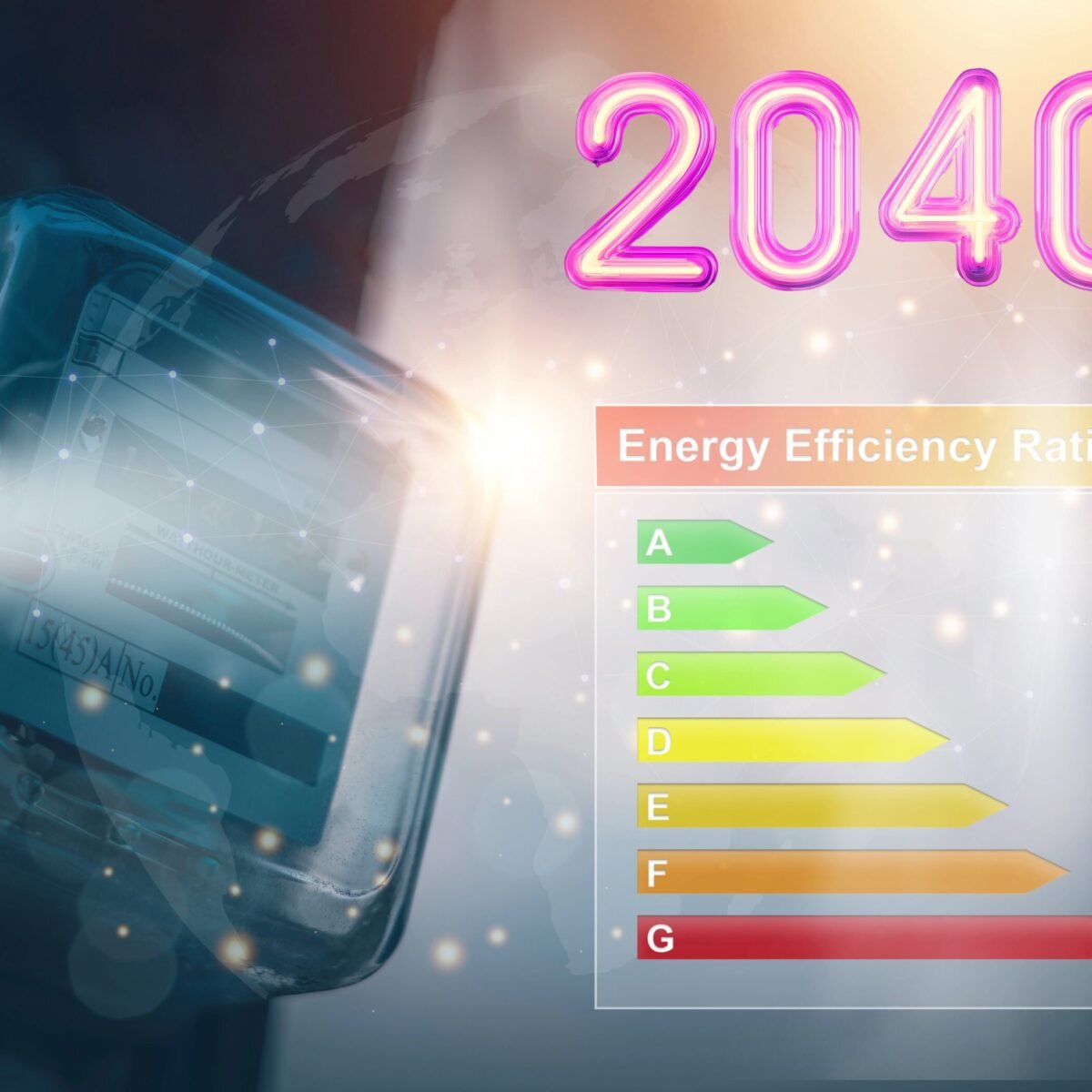The UK’s commercial real estate market is on course to miss a critical energy performance certificate (EPC) deadline by a full decade, according to a study.
The findings by property data and technology firm Search Acumen warns that rented commercial buildings in England and Wales will not achieve the 2030 Minimum Energy Efficiency Standards (MEES) – requiring an EPC rating of B or better – until at least 2040.
This projection marks a significant slowdown compared to last year’s findings, which suggested the sector would reach compliance by 2038.
The two-year delay highlights a worrying reduction in the rate of progress toward greener buildings, raising concerns about the industry’s ability to meet environmental targets.
Financial uses affect deadline
The firm’s managing director, Andrew Lloyd, said: “Real estate owners and investors have faced a barrage of economic and financial challenges over recent years and inevitably this will have had some impact on the appetite for investment in costly retrofits.
“Similarly, since the pandemic, how we live, work and shop has changed impacting the investment in asset management initiatives.
“This is most notable in the office sector, where appetite for investment in energy efficiency upgrades has been made more complex by declining occupier demand for larger floorplates.”
He added: “Despite these dynamics, the mission to decarbonise needs to remain a constant, both to lower the environmental impact of the built environment, but also to ensure commercial sustainability for real estate portfolios.
“2030 really isn’t that far away.”
Thousands still have low EPC ratings
Despite the MEES regulations, introduced in April 2023, prohibiting the rental of properties with EPC ratings below E, more than 13,000 available commercial units still hold the lowest grades of F or G.
This noncompliance poses a major challenge to reducing the carbon footprint of the built environment.
Data from 2024 reveals a 20% drop in upgrades to the top A*-B EPC categories compared to the previous year, signalling a decline in investment in energy improvements.
The office sector bears the brunt of this issue, with nearly 5,761 buildings still rated F or G, accounting for a substantial portion of the total stock.
Just 15% of offices have secured the highest efficiency ratings, which highlights a pressing need for action.
In contrast, the hospitality industry leads the way, with 31% of its buildings now rated A, A*, or B – a 4% increase since April 2024.
Meanwhile, the retail sector has made strides, reducing its share of non-compliant properties to just 0.54%, the lowest across all sectors.
The education sector also shows progress, the firm says, with only 1.8% of buildings rated F or G and a 19% share achieving top ratings, up 7% from last year.





